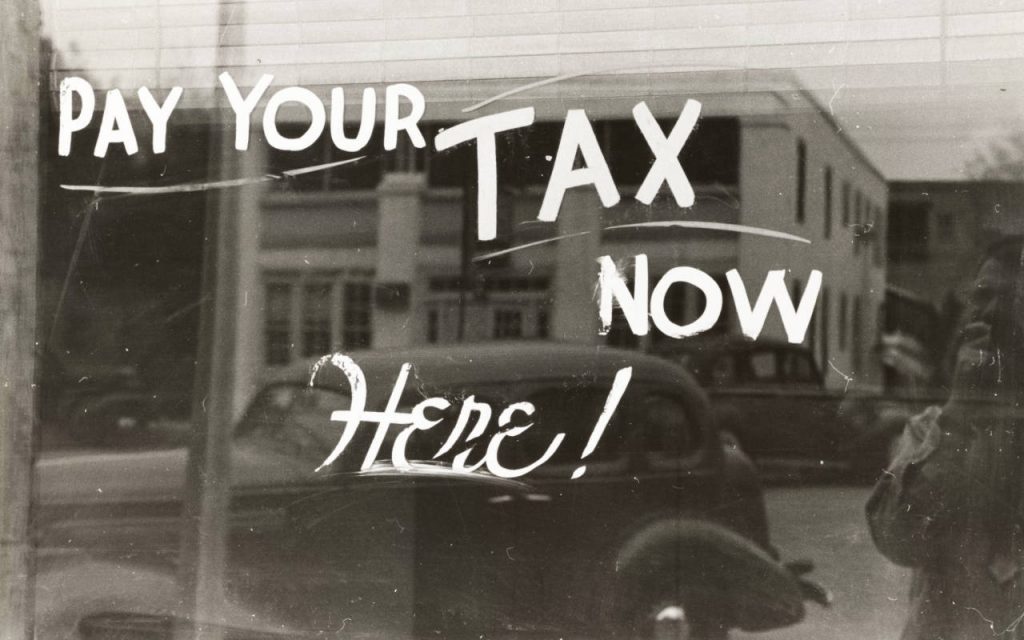As of April 1st 2022, the UK’s Plastic Packaging Tax (or PPT) is in effect.
This means that any plastic packaging made of more than 70% virgin material is taxed at £200 per tonne (or 20p per Kg). While this new cost is not unexpected – the legislation leading up to the PPT was drafted many years ago – it does come at a time of increased prices everywhere, adding to the ongoing cost of living crisis.
PPT doesn’t just apply to consumer-level single use plastic packaging; poly bags, food containers, plastic cups, and plastic bottles – it also applies to plastic packaging in the supply chain, like pallet covers.
Read our guide to PPT and learn more about where it applies.
The Plastic Packaging Tax is supposed to encourage recycling, and stimulate the market for recycled plastic. As many of us know, perfectly good plastic packaging often gets landfilled or burned for energy, even though it has been sent for recycling. At its worst, recyclable plastic gets dumped overseas – or just ends up in the sea.
Making recycled material the cheaper option is the point; but it could further harm budgets already stretched by soaring energy and food prices.
So, is there any way for businesses to legally avoid paying PPT?

How to avoid PPT
Any plastic packaging made with a minimum of 30% recycled plastic will avoid PPT. So, a 30% recycled polythene blend used as a pallet cover or inner packaging for non-consumable goods is fully tax-exempt.
This is perfectly within the rules set by the government – which are a little tricky to decipher, and a bit all over the place! The information is fragmented into several pieces of guidance, like this one, and this one, among others – but the core message is clear enough; use a 30% recycled blend, and pay no PPT.
The recycled plastic used in the blend matters, though, and has been a cause of confusion. Recycled post-consumer plastic is always exempt; but pre-consumer recycled material must conform to some rules:
- It can come from from industrial, commercial or logistics sources
- It cannot come from scrap or regrind from manufacturing
Scrap or regrind can only be used tax-free if it gets melted into pellets and turned into something new. If it is simply repurposed as-is (as void filler or offcuts), the tax will apply.
Top tips to avoid PPT
- Use a 30% recycled polythene blend
- Use any post-consumer material
- Use pre-consumer polythene from from industrial, commercial or logistics sources
- Do not use biodegradable or compostable plastics
Wait, why is biodegradable plastic subject to Plastic Packaging Tax?
Because biodegradable and compostable plastics cannot be recycled. And it’s not pretty, but here’s the truth about biodegradable plastic: it takes just as long to decompose as normal plastic, and it breaks down into the exact same microplastics in the process.
They aren’t as green as their credentials make out, and may in fact be more harmful than recyclable materials overall. As cynical as this sounds, biodegradable plastic is currently just a marketing gimmick; a new type of plastic that can’t be recycled, and just adds to landfill. If it was a viable alternative, it wouldn’t count as a plastic at all – and would be exempt from PPT.
Reusing, recycling and transforming plastic packaging into building materials is currently the best course of action to tackle plastic pollution, and that may always be the case.
Industries that can’t use recycled polythene must pay the tax
Several industries will be directly affected by PPT, with no way of avoiding it – and unfortunately, they’re all essential to life.
Food
Concerns of contamination aside, recycled polythene can have a slight odour, which can affect the quality of food. This makes recycled material, in any blend, unacceptable to the food industry and to consumers. Virgin material must be used, and the PPT will have to be paid. However – the supply and logistics chain that the food industry relies on could reasonably switch over to blended recycled material, to save costs.
Either way, it will be consumers who end up paying the price; because if packaging costs go up, so do the prices we’ll all have to pay at the checkout.
Medical
The medical sector needs polythene packaging to be completely sterile, impart no odour, and conform to strict standards. Of course, there are also contamination concerns – and recycled polythene packaging, regardless of how well controlled and documented it is, just can’t meet those standards.
There may be some hope, as the high quality of plastic used as packaging for medical equipment rarely comes into contact with patients, and could become excellent stock for recycling.
But in a life or death situation, remembering to put the syringe wrapper in the proper recycling bin isn’t exactly a priority, and it’s likely that the majority of the opportunities to recycle non-patient medical waste will be missed as a result.
There doesn’t have to be a choice between saving lives and saving the planet – but as it stands now, the PPT will disproportionately affect hospitals, pharmaceuticals, the NHS, and everyone that relies on healthcare.
Navigate the PPT with tax-free packaging from NPF
Let’s help you navigate the 2022 Plastic Packaging Tax. Get 30% recycled polythene packaging that’s exempt from PPT, made to your exact specification. We’ll help you find and develop the right packaging solution for your business – and keep your packaging costs down.
Send us a message, or call us on 01773 820415, to tell us what you need.


